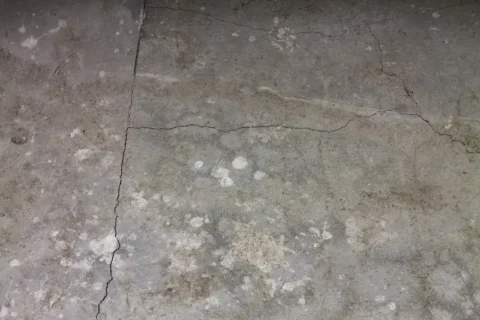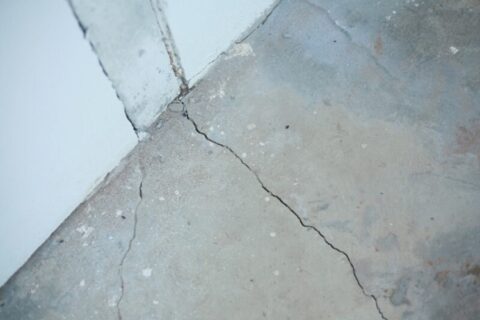How to Diagnose a Basement Leak in Milwaukee
Whether you use your basement for storage, a workshop, or as finished living space, a basement leak is never a good thing. Signs of water mean potential water damage, mold, mildew, rot and an unhealthy basement environment. Water stains, puddles, paint bubbles and chipping, condensation, and musty odors can all be signs of a basement leak in Milwaukee. If you see any of these signs, it is important to diagnose a basement leak to locate where it is coming from so you can properly fix the problem.
A Leaky Concrete Crack
The most common place a basement leaks is through a nonstructural basement crack. So, it you find water in your basement look for a wall or floor crack. Once you locate the crack, it will need to be injected to completely fix the crack. If you don’t see a crack and there is still water in the basement, then it is time to investigate further.
Leaks at the Cove
Another common spot a basement will leak is at the cove. The cove is where the concrete wall meets the floor. This spot may leak because a natural seam is formed when the concrete walls are poured. The floor is poured first and then the forms set on top of it. Other seams form if it is not a monolithic pour meaning the foundation isn’t poured all in one shot.
At the Windows and Well
Around the basement windows is another common problem zone. If a basement window is added to an existing basement, the concrete is cut to form an opening for the window installation. This is especially common in basement remodels. If you are turning your basement into living space and adding egress windows, make sure the proper waterproofing is done around the window and the window well. This concrete cut can leak if it is not done properly. Old windows commonly leak because maybe the seals are broken or were never installed properly. Make sure the leak isn’t coming from the window. Actual water or water stains are sure signs. Mold and mildew in a concentrated area is another more indirect sign.
Seepage up Through the Concrete Floor
Sometimes there is no evident leak. No cracks or no gaps letting in water anywhere, yet the basement floor is wet, puddling or riddled with water stains. If this is the case, sometimes water is seeping through the concrete slab. Frustrating scenario for sure. However, a basement waterproofing contractor can help remedy the situation. Basically, there is hydrostatic pressure building up beneath the basement floor. You need to relieve this water pressure. Installing a sump pump and/or an interior basement waterproofing system will pull the water up through the pump redirecting it out of the basement. The water is either pulled out through the discharge line or funneled into the basement channel and redirected outside. There are several methods and models but the idea of an interior waterproofing system is the same: water redirection and management. Part of this process is also looking at the outside and finding any water drainage issues outside that could be attributing to the water build-up below the slab. All this can be done by a professional waterproofing contractor.
Ready to Get Started?
Contact Us Today to Schedule a No Pressure, No Obligation, Free Quote!


